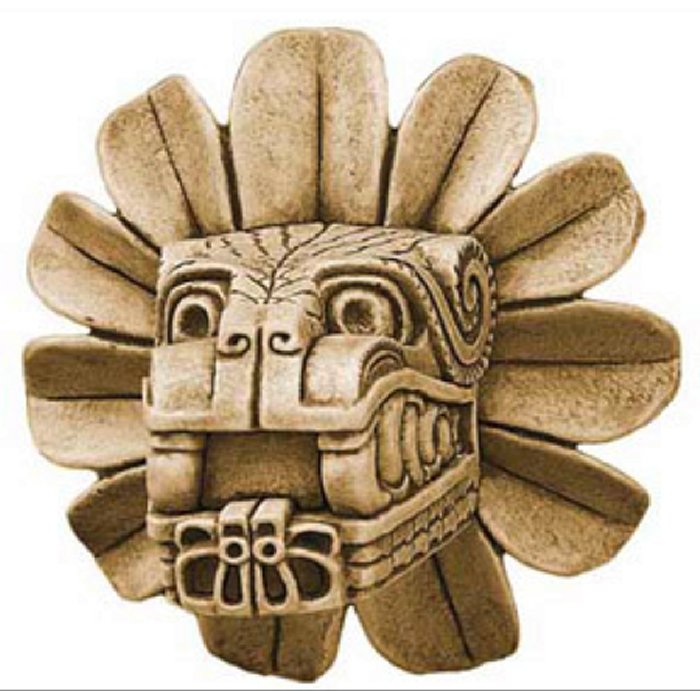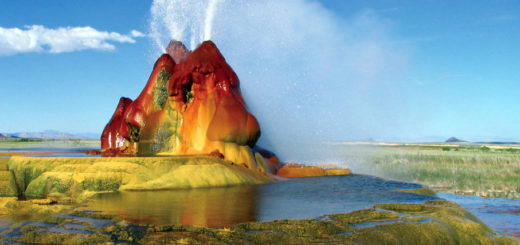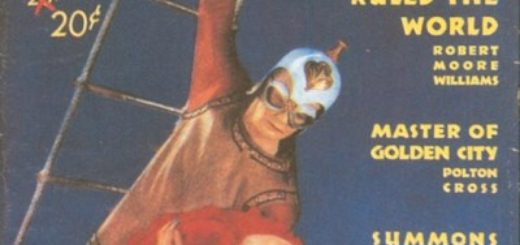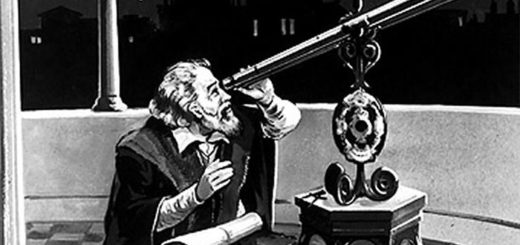Kukulkan: Feathered Serpent And Mighty Mayan Snake God
Known under a number of different names, Kukulkan, the Feathered Serpent was one of the most important gods in Mesoamerica.
The Aztecs called him Quetzalcoatl and the ancient Maya referred to him as Kukulkan. The K’iche’ group of Maya named him Gukumatz.

Was this mighty snake deity a real historical person?
It is not easy to trace the ancient history of Kukulkan. Like all of the feathered serpent gods in Mesoamerican cultures, Kukulkan is thought to have originated in Olmec mythology and we still know very little about the mysterious Olmec civilization.
The true identity of the god Kukulkan becomes an even greater problem due to the confusing references to a man who bore the name of the Mayan god. Because of this, the distinction between the two has become blurred.
Around the 10th century, a priest or ruler appeared in Chichen Itza, a sacred site that was one of the greatest Mayan centers of the Yucatán peninsula, Mexico where we also find El Castillo, also known as the Temple of Kukulkan.
Kukulkan has his origins among the Maya of the Classic Period, (200 AD to 1000) when he was known as Waxaklahun Ubah Kan, the War Serpent.
Maya writers of the 16th century describe Kukulcan as a real historical person, but the earlier 9th-century texts at Chichen Itza never identified him as human and artistic representations depicted him as a Vision Serpent entwined around the figures of nobles.
According to ancient Maya beliefs, Kukulkan was the god of wind, sky and the Sun. He was a supreme leader of the gods and depicted, just like Quetzalcoatl as a combination of a snake rattlesnake from the quetzal bird. Kukulkan gave mankind his learning and laws. He was very merciful and kind, but he could also change his nature and inflict great punishment and suffering on humans.
This important figure was the supreme leader, popularly known as the feathered Serpent, as portrayed him as the god of the wind, the sky and the sun and the same figure was a combination of a snake rattlesnake from the quetzal bird.
According to Maya legend, the Maya were visited by a robed Caucasian man with blond hair, blue eyes and a beard who taught the Maya about agriculture, medicine, mathematics and astronomy. This being was Kukulkan – the Feathered Serpent.
Kukulan warned the Maya of another bearded white man who would not only conquer the indigenous people of Central America, but would also enforce a new religion upon them before he was to return. Despite the warning, the Maya mistakenly welcomed the invading Cortes as Quetzalcoatl.
The cult of Kukulkan spread as far as the Guatemalan Highlands, where Postclassic feathered serpent sculptures are found with open mouths from which protrude the heads of human warriors.Hundreds of North and South American Indian and South Pacific legends tell of a white-skinned, bearded lord who traveled among the many tribes to bring peace about 2,000 years ago. This spiritual hero was best known as Quetzelcoatl.
Some of his many other names were:
Kate-Zahl (Toltec)Kul-kul-kan (Maya)Tah-co-mah (NW America)Waicomak (Dakota)Wakea (Cheyenne, Hawaiian and Polynesian)Waikano (Orinoco)Hurakanthe Mighty MexicoE-See-Co-Wah (Lord of Wind and Water)Chee-Zoosthe Dawn God (Puan, Mississippi)Hea-Wah-Sah (Seneca),Taiowa, Ahunt AzomaE-See-Cotl (New Guinea)Itza-Matul (Yucatan)Zac-Mutul (Mayan)Wakon-Tah (Navajo)Wakona (Algonquin)Kukulkan emerged from the ocean, and disappeared in it afterwards. Before he left, he promised that he will return one day in the future, but he never revealed when…
Copyright © AncientPages.com All rights reserved. This material may not be published, broadcast, rewritten or redistributed in whole or part without the express written permission of AncientPages.com



 Creators of mankind
Creators of mankind Description of “Tall white aliens”
Description of “Tall white aliens” Where they came from?
Where they came from? About hostile civilizations
About hostile civilizations The war for the Earth
The war for the Earth “Tall white aliens” about eternal life
“Tall white aliens” about eternal life Video: “Nordic aliens”
Video: “Nordic aliens” Aliens
Aliens Alien encounters
Alien encounters The aliens base
The aliens base UFO
UFO Technology UFO
Technology UFO Underground civilization
Underground civilization Ancient alien artifacts
Ancient alien artifacts Military and UFO
Military and UFO Mysteries and hypotheses
Mysteries and hypotheses Scientific facts
Scientific facts


















